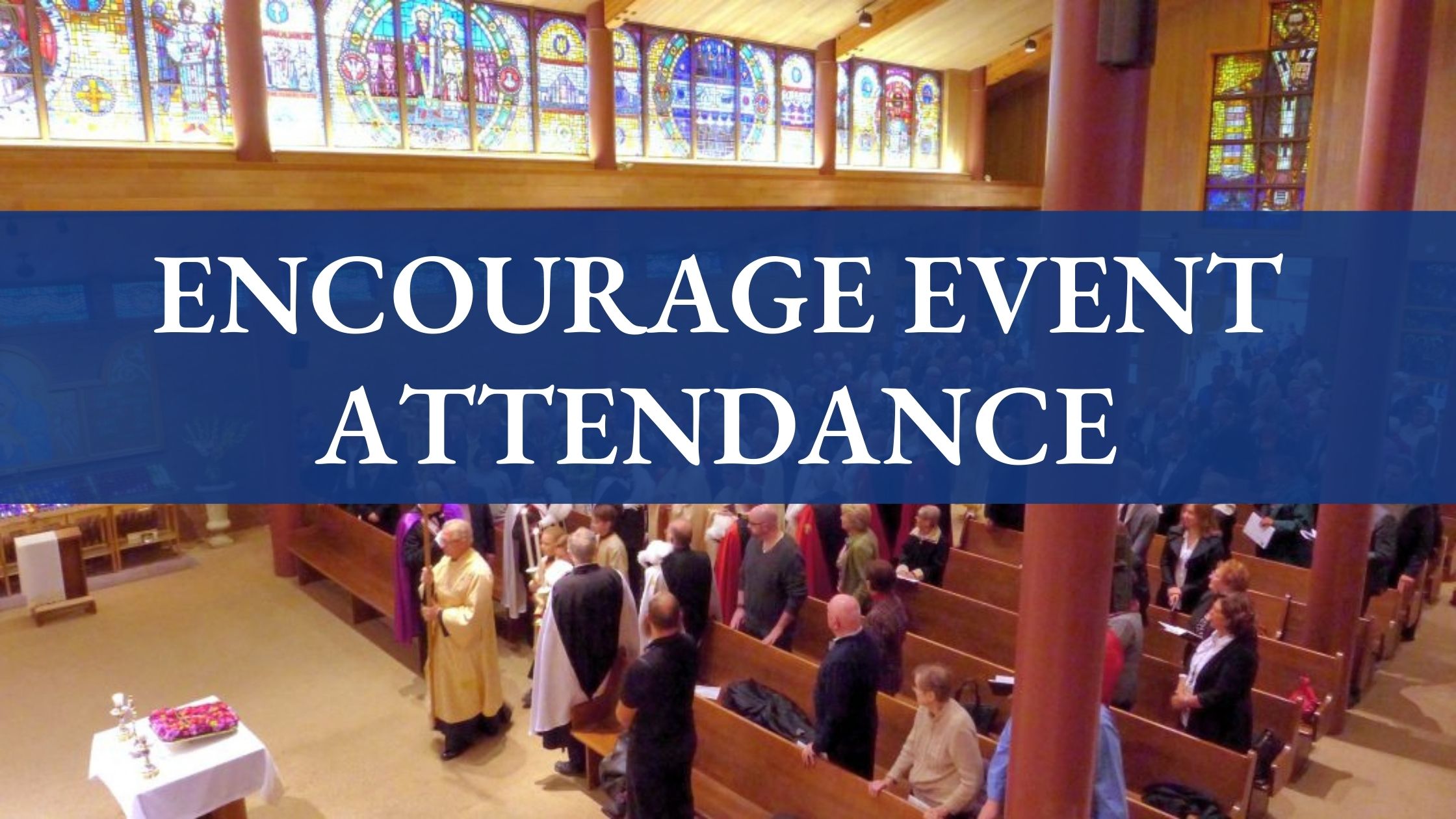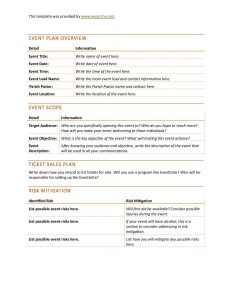Often parishes find similar people attend most parish events. Although this is a vital base you need to reach, it’s important to reach a new group of parishioners while also getting the community involved as a whole. Events continue to be a vital aspect of faith education and community outreach to help grow our parishes. If you are serious about having the best possible parish events, here’s our strategy guide to ensure events are well attended to a new audience of Catholics:
1) Research your audience.
The most successful parish events are sparked from a need presented by your parishioners, not from yourself. To do that, you must first understand your audience. At the beginning of the year, do some simple research on the needs of your parishioners. Understand their interests and values is key. Either run a questionnaire or simply go around asking your parishioners the types of events they’d be interested in having this year. Write down everyone’s responses and note what other hobbies they have outside of the church.
2) Plan out your events for the year.
In planning out your annual parish plan, ensure you have a set event plan and publicly share this plan with your parish. This will give your parishioners something to look forward to throughout the year. Also, it allows a clear method to encourage volunteerism. This call to action encourages parishioners to volunteer so these events are possible. An annual events plan helps focus your parish priorities. Spontaneous events can be highly unorganized and difficult to promote.
3) Plan out the event.
Understanding the roles and responsibilities of your event team, the audience you’re trying to reach, and how you plan on executing and advertising the event is vital to the event’s success. Without planning what you hope to achieve with this event it will not be successful. We have created an event planner to help assist you with your event.
Download our 3 page event template that will help guide you through the process of:
- Event plan overview
- Event scope
- Ticket offering method
- Risk mitigation
- Event equipment/additional purchases needed
- Promotion plan
- Post-event follow-up
4) Use habit pairing.
We very often use habit pairing with children but sometimes forget to do the same thing when it comes to adults. When encouraging faith education, Camp St. Basil’s used a Smurf’s theme to pair a fun cartoon with faith education. Since faith education can sometimes be a hard topic to keep young children interested in, pairing it with a fun cartoon can yield great results. If you want to work with students, having a lecture-style Bible Study will not spark much inspiration considering they already attend around five lecture classes a week. Instead, find an activity that brings them joy, and pair it with the purpose of the event. When attracting teenagers, consider allowing someone to bring an xBox to church and have a one-hour video game tournament after you have a Bible study. This fosters an area teenagers can feel welcomed at the church while also learning more about their faith. Consider who your target audience is, what values and interests they have, and how you can habit pair activities with faith-based activities.
5) Make a clear value statement and a call to action.
Really ask what the value is of attending your event, make it extremely clear, and consistently repeat that statement across all your communications. A value statement of a men’s conference may be “a location where men can meet and talk about the common hurtles they face, while also learning about their faith”. This is a good way to clearly express the value of what you will get if you attend this event.
A call to action is what you want readers to do next after reading or listening to what you said. Ensure this is discussed after you mention the value of attending your event. This could be in the form of “register by visiting our website to take part in this opportunity”.
Tip: Avoid big ideas when promoting your event. Simplicity is key. If you are running a youth camp, an event name and slogan like “Fun 2021: Rediscovering Christ” does not outline your target audience nor the purpose of your event. A straightforward title like “Camp 2021: Kids Grow in Friendship and Faith” may not be as flashy and creative, but it will be more effective. Event titles and slogans should tell you the target audience and purpose of the event without needing to read the description.
6) Use all communications channels (4 weeks in advance at a minimum)
How do you intend to advertise the event and how do you measure that? Create SMART goals to measure your communication effectiveness and use a variety of different channels. Here are some unique ways you can encourage event attendance:
- Ask all current event attendees to bring one of their family or friends to the event. Referrals are a powerful tool to use.
- Personally invite 30 parishioners who have never attended the event and give them a handwritten note as an invitation. Handwritten notes can be very personal, and word-of-mouth is fantastic way to invite new people.
- Post 8 posts on social media over a period of two weeks to share what your event is about.
- Post on your website with the location they can register for the event on your website. A program like Eventbrite is great for this.
- Use your front church sign to promote the event you’re hosting so members of the community may take part.
- Give a 15 second pitch at the end of Divine Liturgy during announcements to share the event.
- Post in your bulletin.
- Send out a notification in your email to your parishioners.

7) Have a unique event.
Consider somehow making your event unique:
- Pre-registration benefits: The first 5 people signed up will receive a prayer rope.
- Guarantee a fun element: The group will watch a movie of their choice after the meeting.
- Use food: Pizza will be provided at this event.
- Use online registration software: As a young adult, I’ve never signed up for an event without using the internet in my life. Ensure all events are accessible with online registration and use a program like Eventbrite to run events that need a payment.
- Create scarcity: This event is limited to only the first 25 people who sign up. When I use to run networking events for my university, we slashed our ticket sales turnover from over a month to two days by simply using the concept of scarcity in our promotions (even though the event had plenty of room).
8) Leverage past events.
If you run the same event every year, ensure you leverage this to your advantage. Ask testimonials from past participants about what they got out of this event and include that positive experience in your bulletins. Take photos of the event and use these photos to show how people were active last year.
9) Team-up with a local church.
Team up with a local parish near you to have a cross parish event. You can leverage both groups of parishioners, shared resources, shared time, and a larger audience of Catholics. Your events team can be larger and have representation from both parishes. This demands less stress and connects your parish neighbors with each other.
10) Post follow-up of event.
To encourage long-term participation in events, the post-follow-up stage is vital. For every new person who participated in the event, ensure you write a personal thank-you note for attendance. Send out a survey to the attendees to ask for further feedback and areas of improvement for next year. Post all photos from the event on your website and social media. Ensure to share how the event went in your bulletin to encourage people to attend future events.


